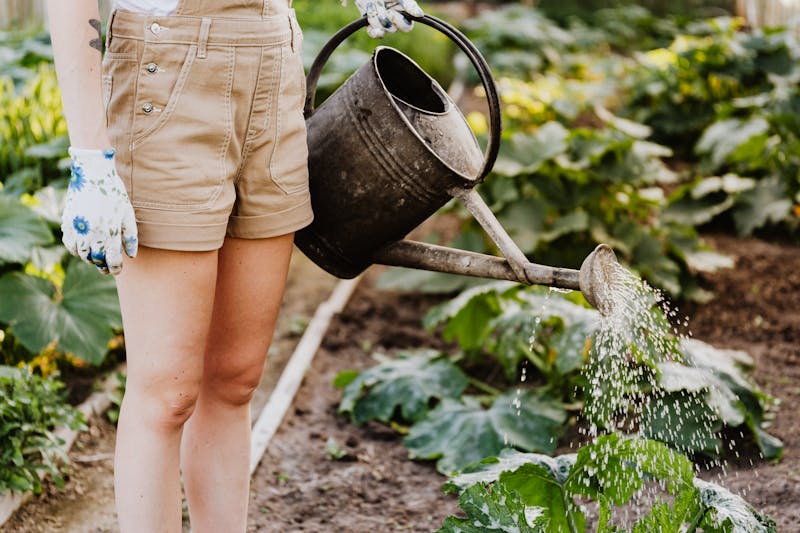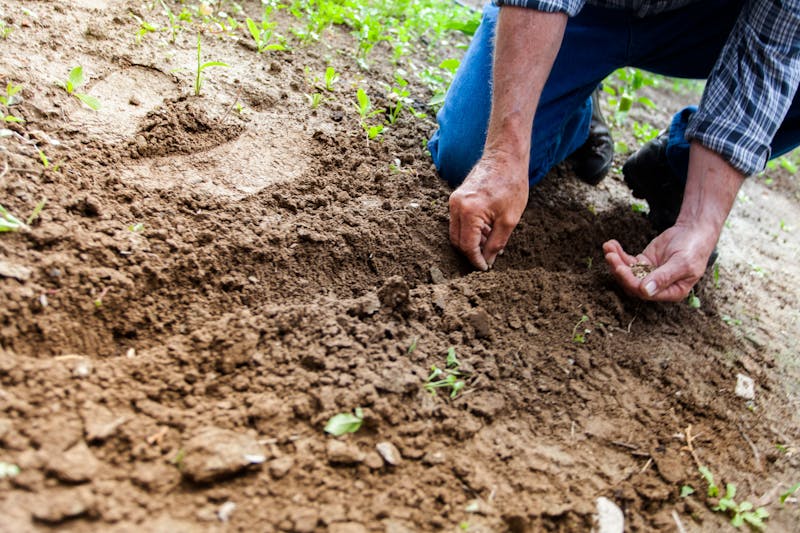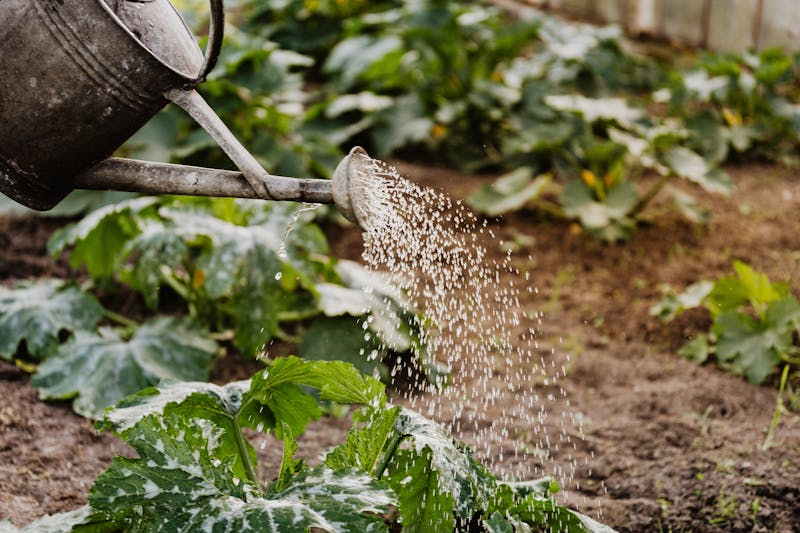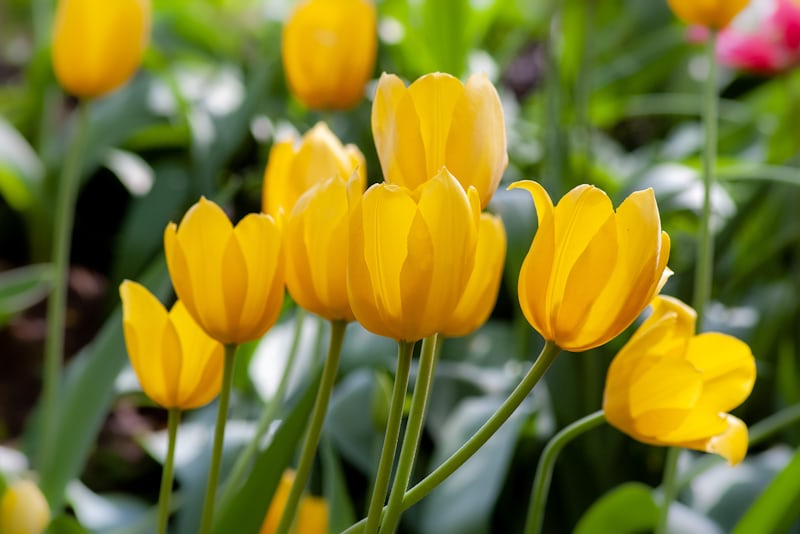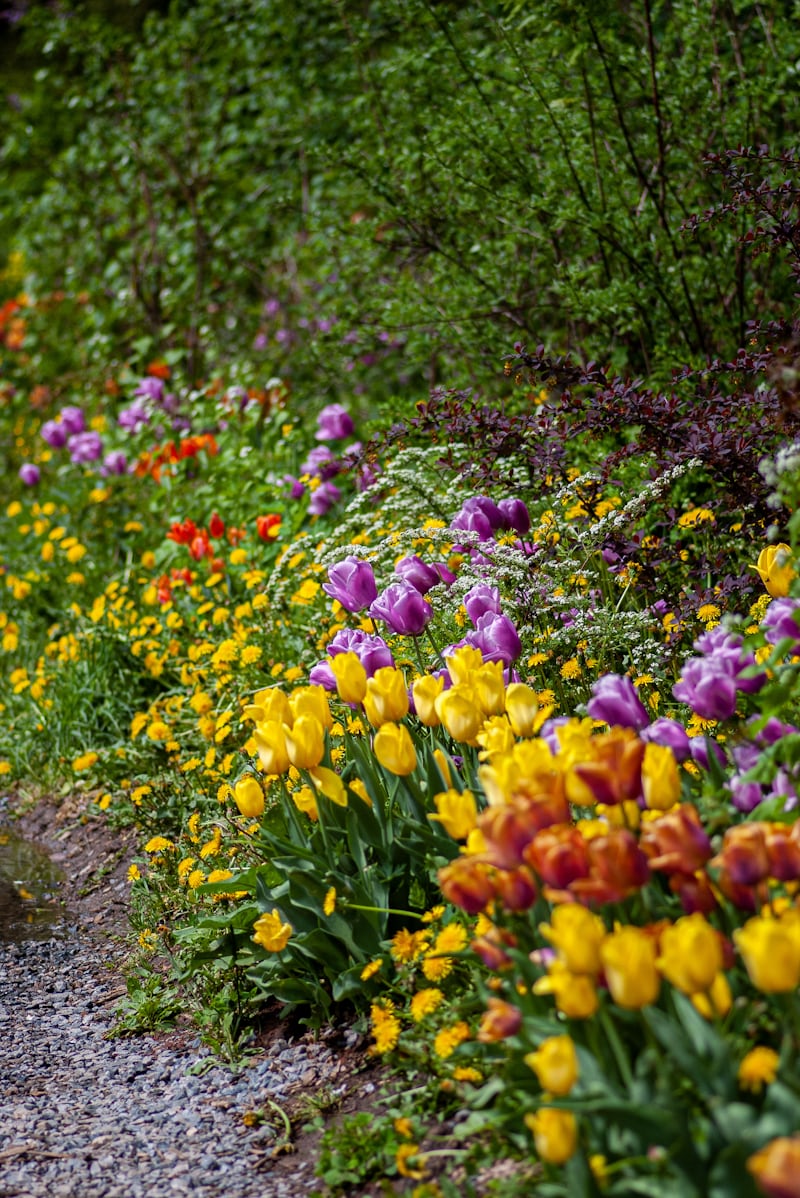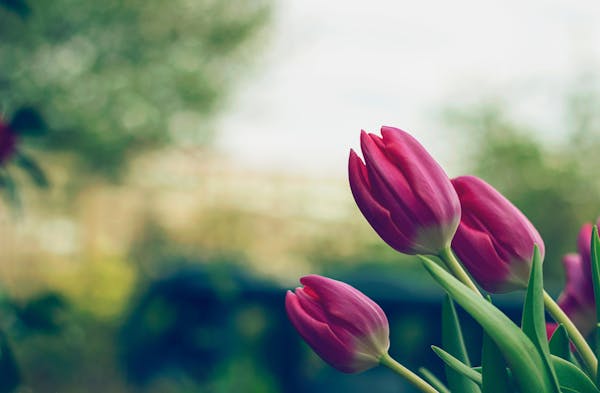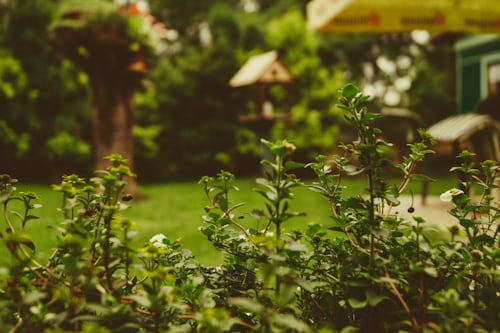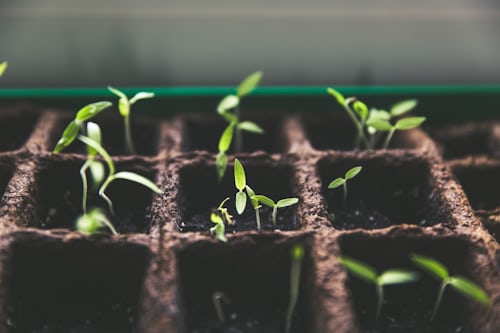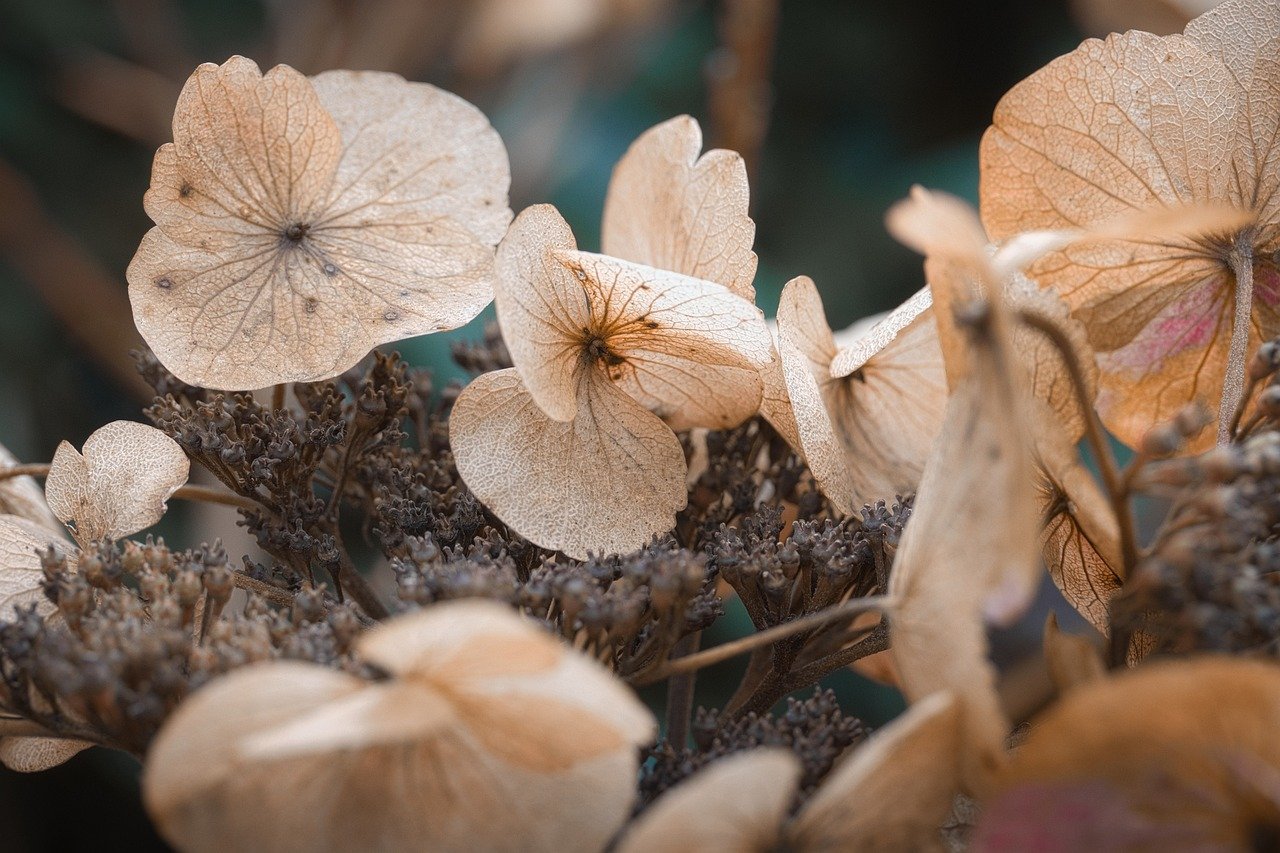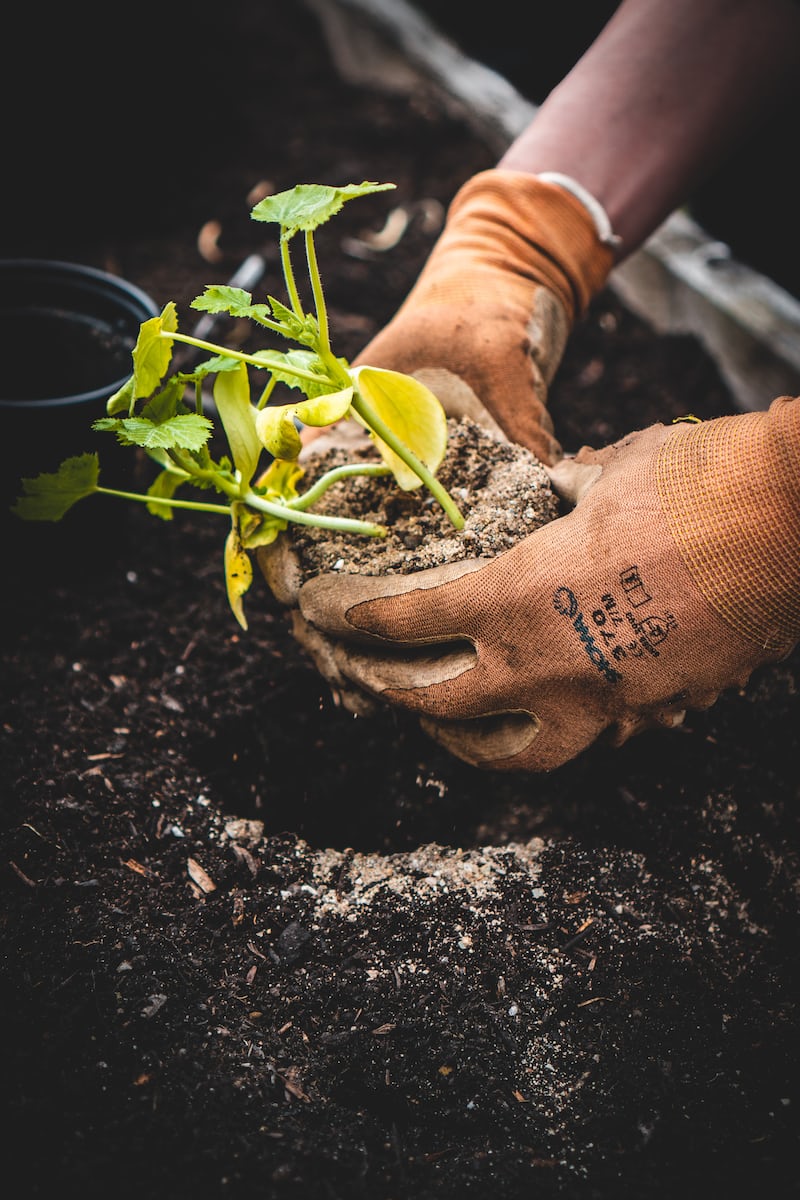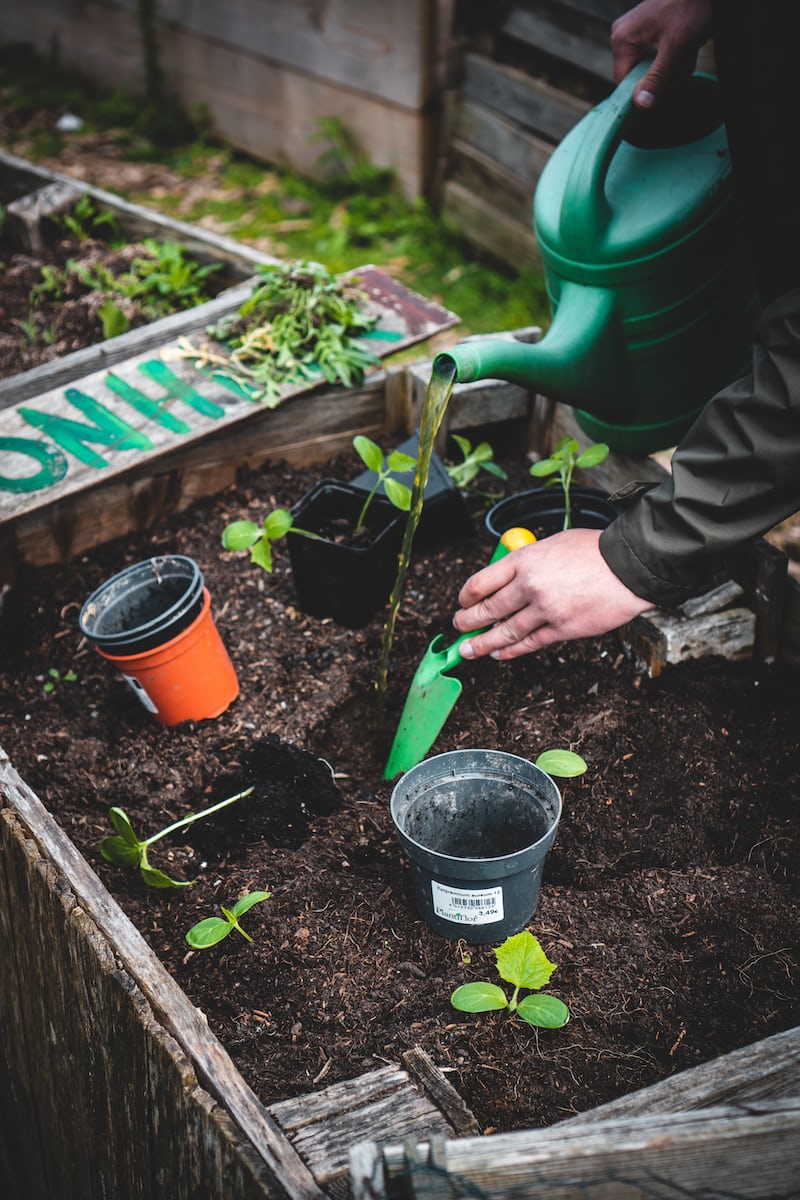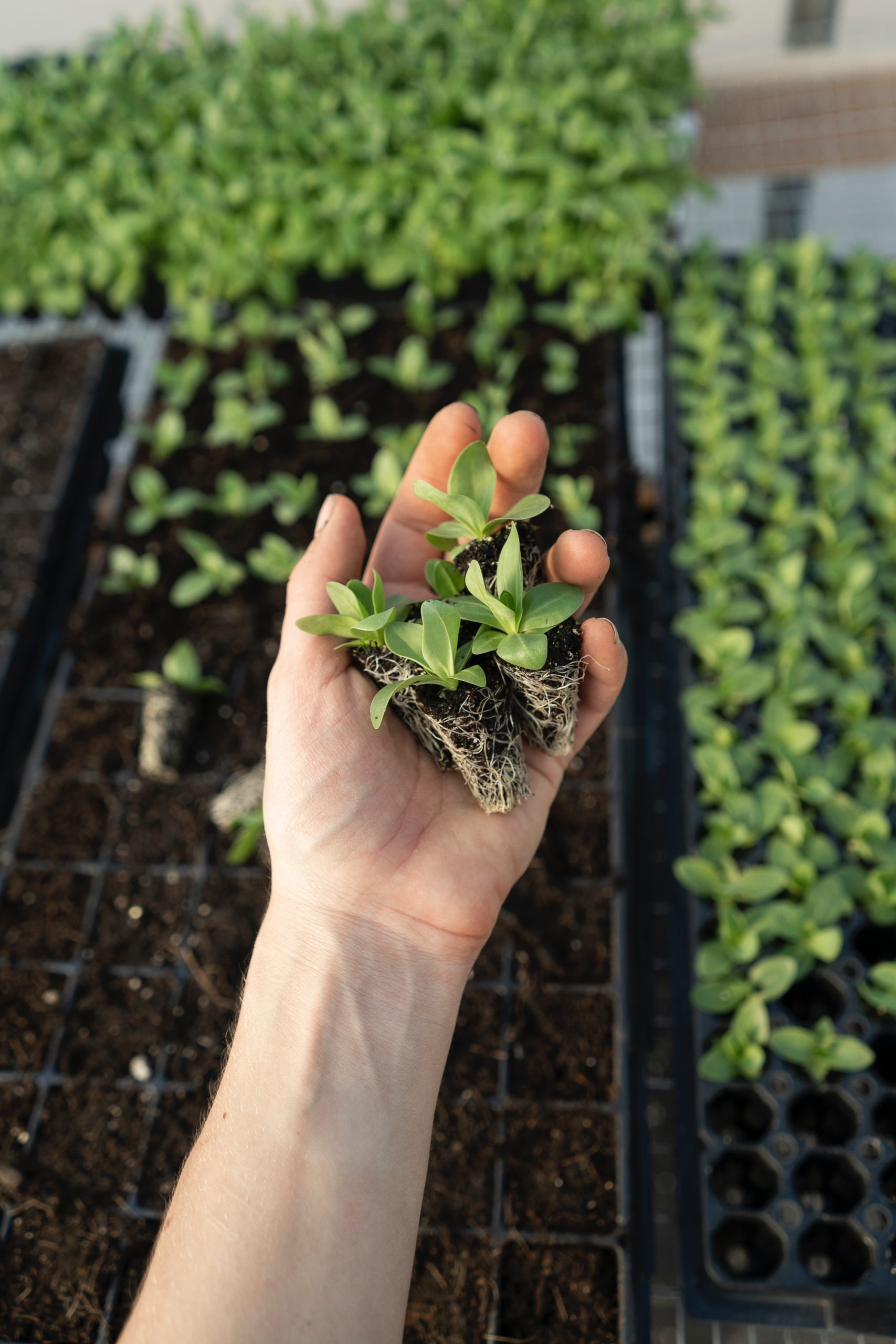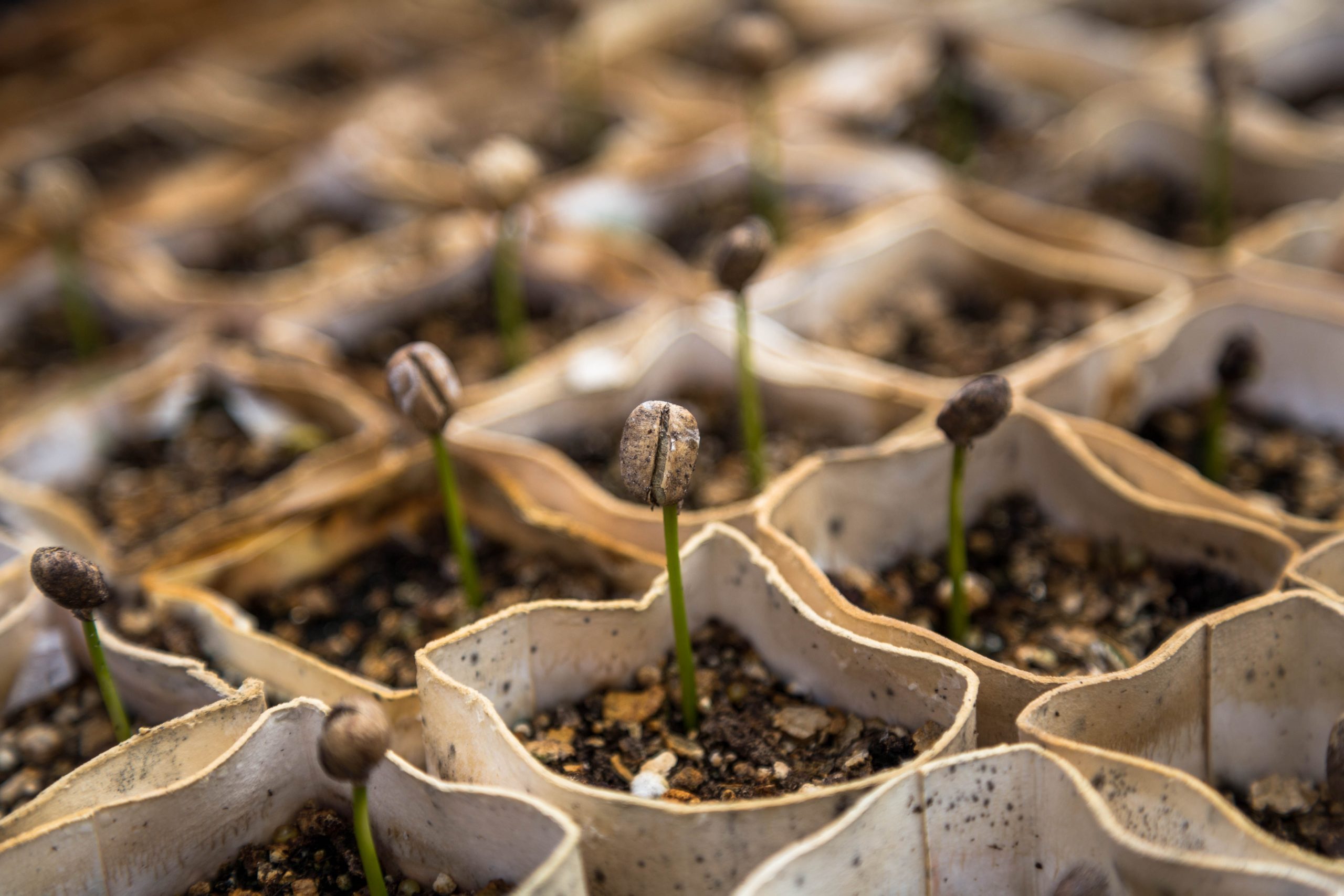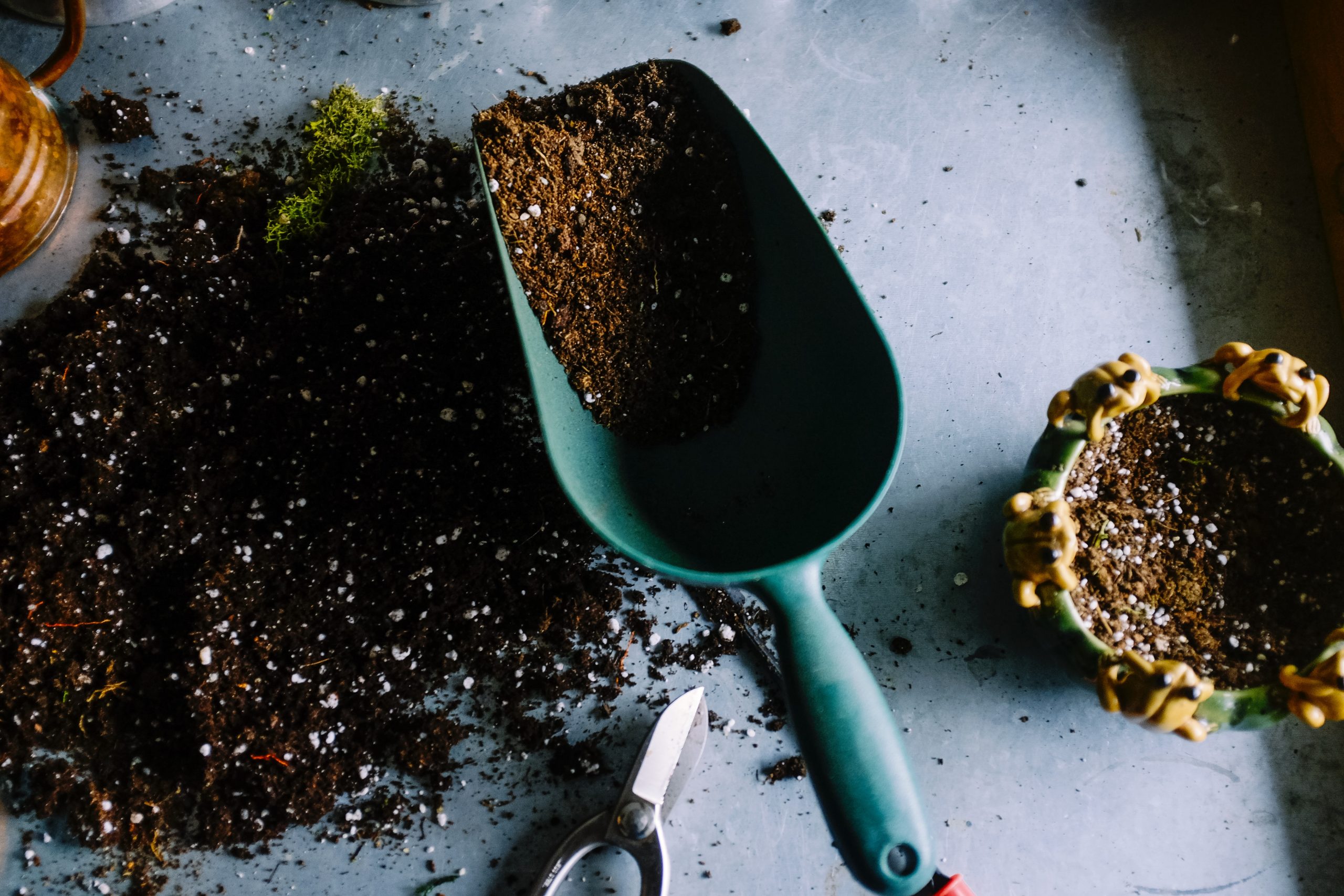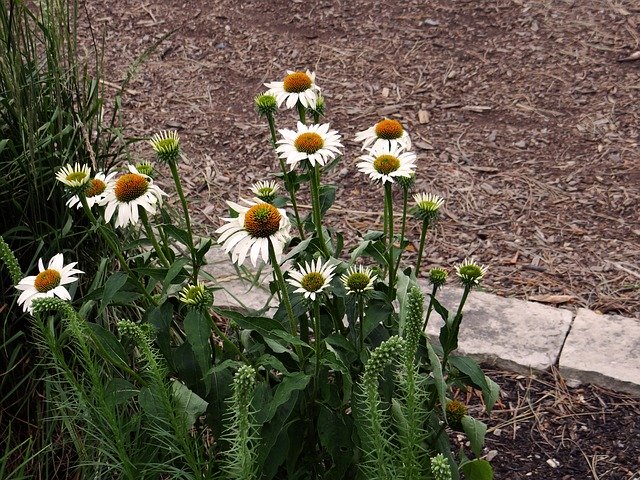Fall is a critical season for gardening, offering the perfect window for planting bulbs, trees, and shrubs. Cooler temperatures and increased moisture create ideal conditions for establishing strong root systems before the arrival of winter. Whether you’re looking to add vibrant spring color to your garden or enhance your landscape with trees and shrubs, fall is the time to get your hands dirty.
 Here’s a guide to the best bulbs, trees, and shrubs to plant now for a thriving garden next year:
Here’s a guide to the best bulbs, trees, and shrubs to plant now for a thriving garden next year:
Best Bulbs to Plant In Fall
Tulips
Tulips are a classic spring bloom that come in a wide array of colors and shapes. Plant them in well-draining soil with their pointed ends facing up, about 6-8 inches deep. They’ll reward you with stunning flowers in early to mid-spring.
Daffodils
Daffodils are hardy and reliable, bringing cheerful yellow blooms to your garden. Plant these bulbs 6 inches deep in well-drained soil, and they’ll naturalize and return year after year.
Crocus
Crocus bulbs are perfect for adding early spring color. They bloom as early as late winter and early spring, and their vibrant flowers are a welcome sight after a long winter. Plant them 3-4 inches deep.
Hyacinths
Known for their strong fragrance and dense flower spikes, hyacinths are a great choice for adding both color and scent to your garden. Plant them about 6 inches deep in rich, well-drained soil.
Best Trees To Plant In Fall
Maples
Maples, such as the Japanese Maple or the Sugar Maple, are excellent choices for fall planting. They offer spectacular fall color and strong structure. Plant them in well-draining soil and ensure they have plenty of space to grow.
Oaks
Oaks are sturdy, long-lived trees that provide excellent shade and stunning autumn foliage. Plant them in a location where they have room to spread their branches and roots.
Birch
Birch trees are known for their distinctive white bark and graceful form. They thrive in cooler weather and establish well before winter, offering beautiful foliage and bark throughout the year.
Crabapple
Crabapple trees provide lovely spring blossoms and colorful fruit. They are relatively low-maintenance and can be planted in a variety of soil types, making them a great addition to many gardens.
Best Shrubs To Plant In Fall
Boxwood
Boxwoods are versatile evergreens that add structure and form to your garden. They’re perfect for hedges or as standalone specimens. Plant them in well-drained soil and provide adequate space for growth.
Holly
Holly shrubs add a festive touch with their glossy leaves and bright red berries. They thrive in cooler temperatures and will provide winter interest in your garden.
Forsythia
Forsythia shrubs are known for their brilliant yellow blooms in early spring. Plant them now to ensure they establish strong roots and deliver an impressive display of color when spring arrives.
Hydrangea
Many hydrangeas, such as the Endless Summer or Annabelle varieties, benefit from fall planting. They provide stunning blooms in summer and can be a focal point in your garden. Choose a location with ample sunlight and well-drained soil.
Tips For Fall Planting
- Prepare the soil: Ensure your soil is well-drained and amend it with compost if necessary to improve fertility and drainage.
- Watering: Water newly planted bulbs, trees, and shrubs thoroughly after planting to help establish roots.
- Mulch: Apply a layer of mulch around your plants to conserve moisture, regulate soil temperature, and reduce weed growth.
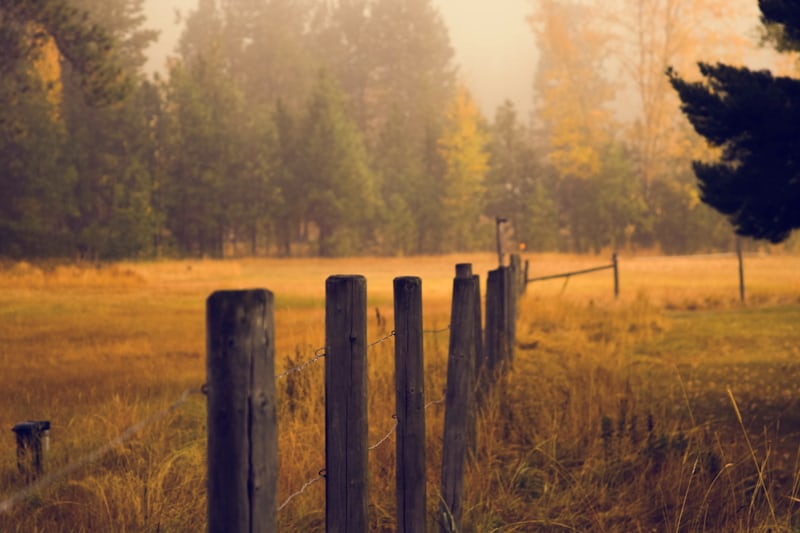
By taking advantage of the fall planting season, you’ll set the stage for a vibrant and flourishing garden come spring. Whether you’re planting bulbs for an early burst of color or adding trees and shrubs to enhance your landscape, fall is the perfect time to get started. Happy planting!



